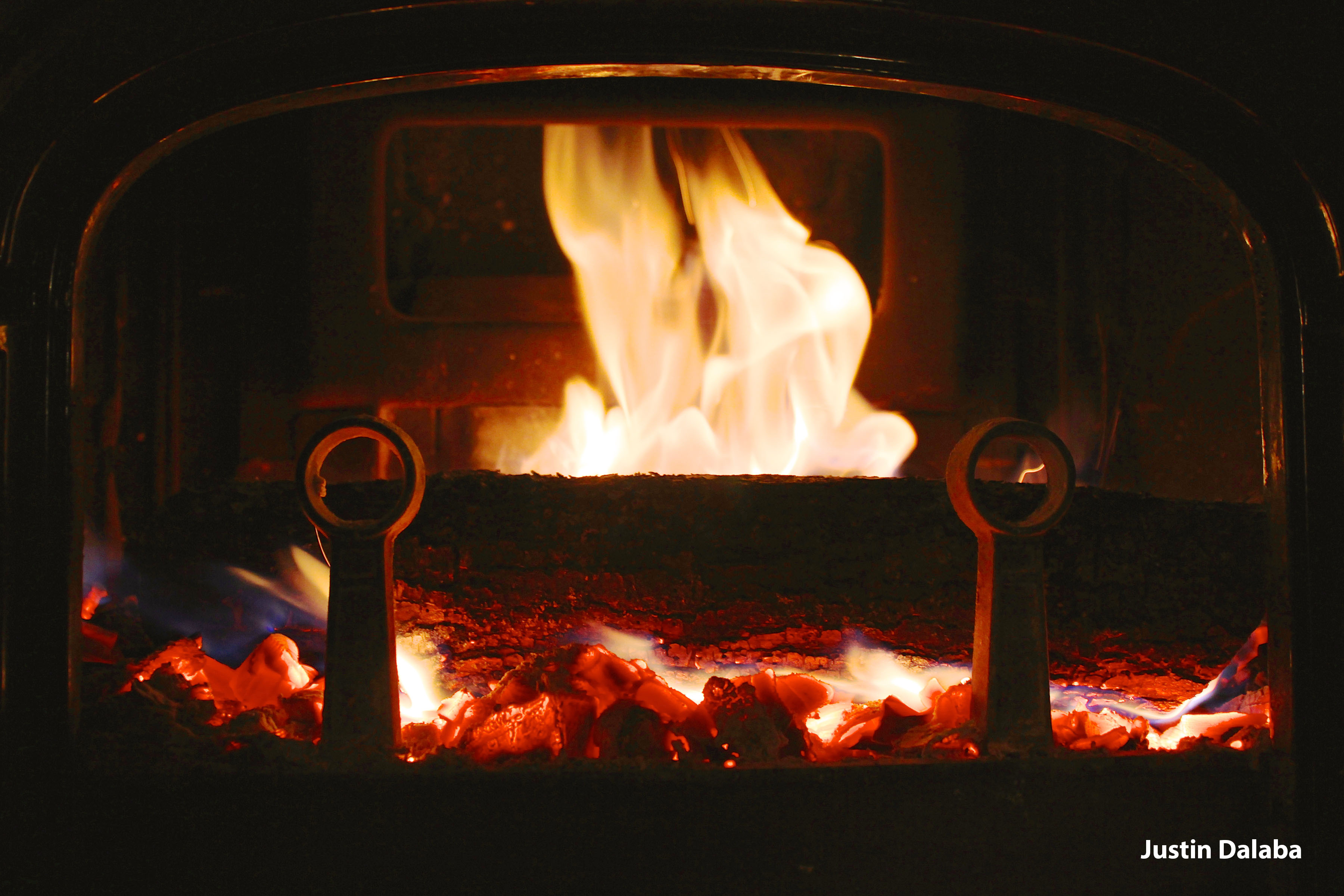What's Your Nature?
Become a Nature Up North explorer to share your encounters with wild things and wild places in New York's North Country. Post your wildlife sightings, landscape shots, photos from your outings, and even your organization's events!
Spotted Lanternflies: A New Forest Pest
Chinese lanterns, bright and cheery, can lend a festive air to an evening out on the patio. As far as I know they are harmless. Chinese spotted lanternflies are also bold and colorful, but they do cause harm, and a lot of it.
Spotted lanternflies were unknown in North America until 2014 when they showed up in Pennsylvania on a shipment of stone from China. Who knew the Keystone State was that short on rocks? Had we been aware of this deficit, we would have sent North Country rocks down there and saved a lot of grief.
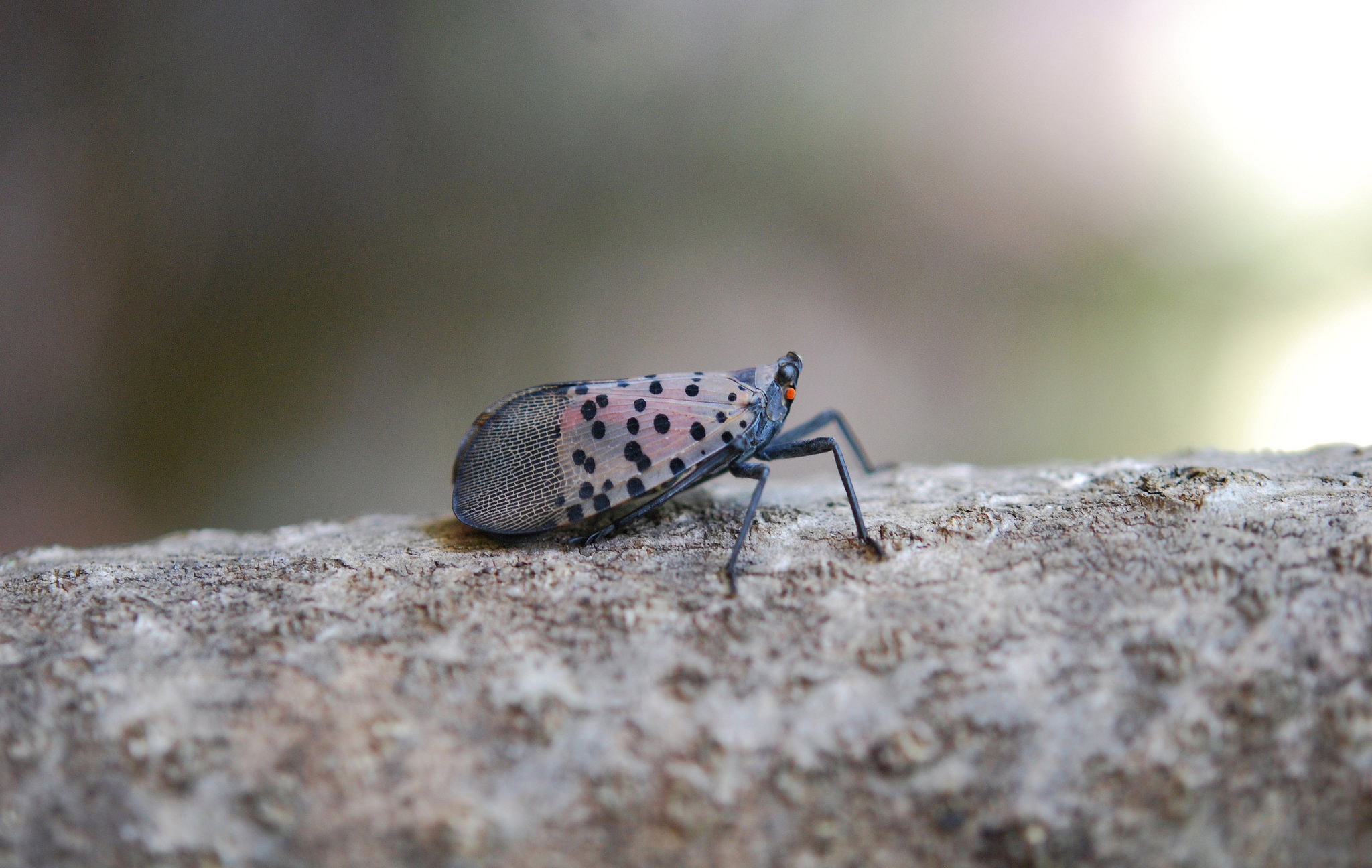
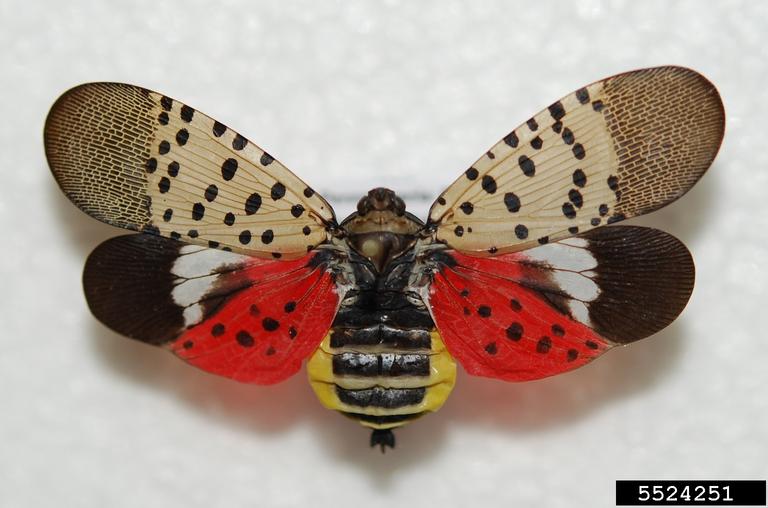
Cranberries
Like the political process, cranberries can leave a sour taste in your mouth. But unlike politics, whose bitter aftertaste cuts through any amount of sweetener, the flavor of cranberries is readily improved with a little sugar.
To say a fresh cranberry is sour is like saying Paris is a nice town. In fact it (the berry, not Paris) can have a lower pH value than stomach acid. It’s almost a wonder people ever started eating them, right?

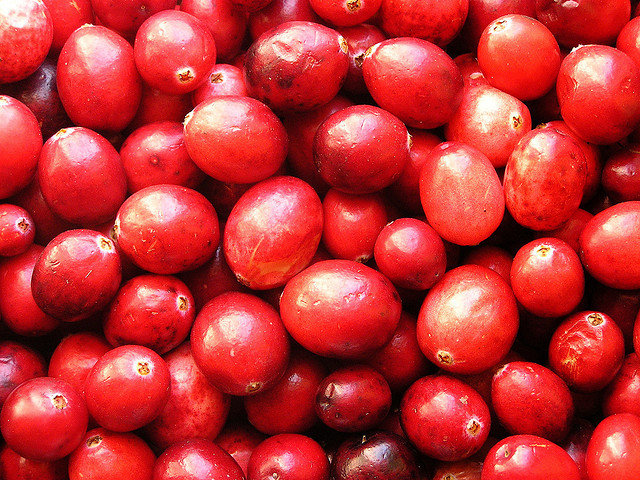
Multi-Purpose Milkweed
After the cloud-like flocks of blackbirds have departed, swarming like giant amoebas toward points south, and the broad chevrons of geese have mostly disappeared over the horizon, another momentous fall event begins. Yes, it’s time for one more native species to take to the air—the great milkweed migration is on.
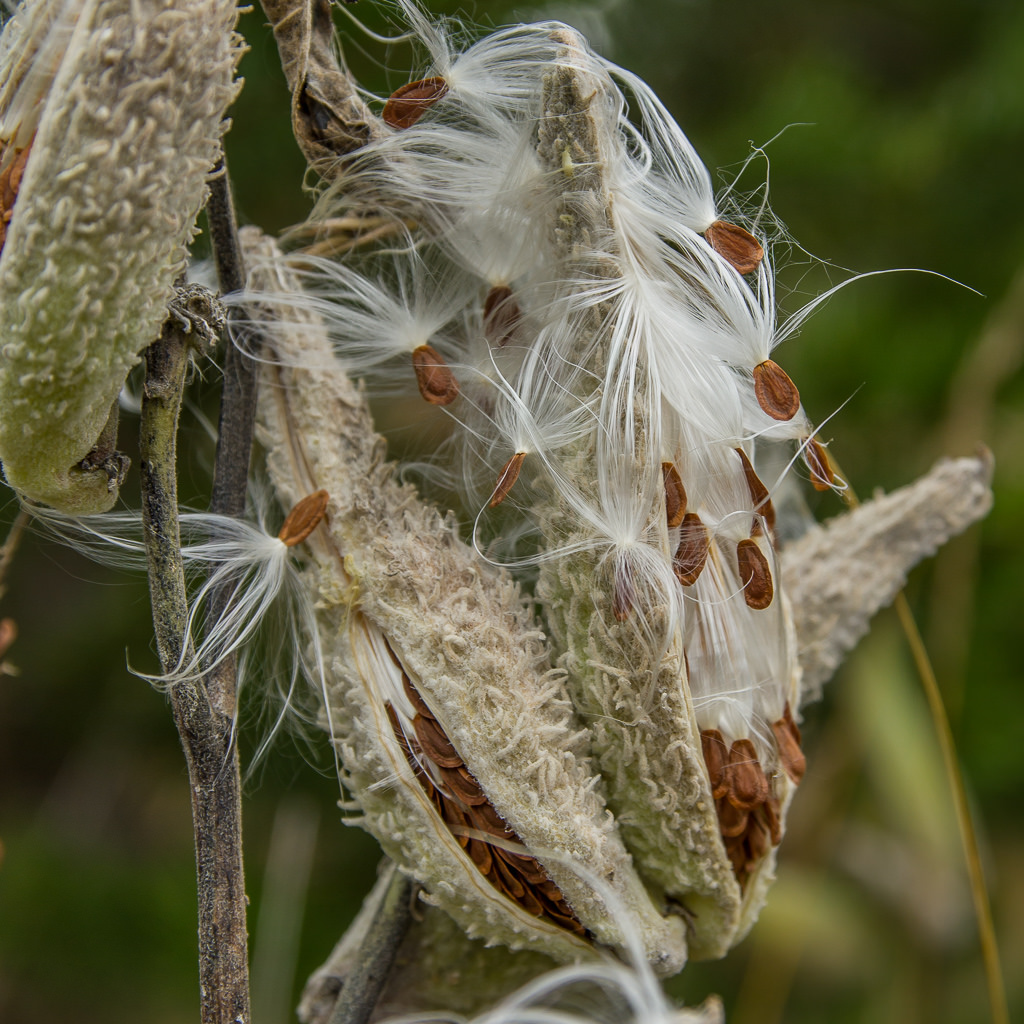
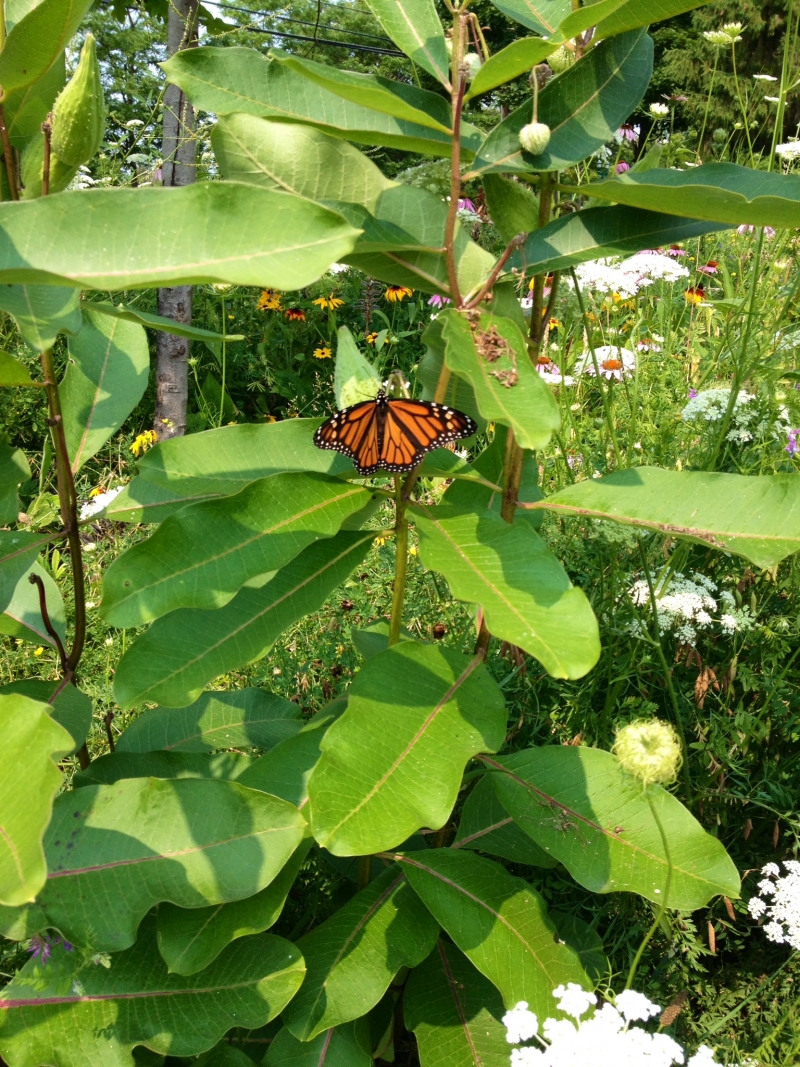
Pumpkin Patch Pollinators
With the colder weather, the changing colors of the soon-to-be-orphaned tree leaves, and the emergence of Halloween decorations throughout the North Country, it is safe to say that fall has officially arrived. As we turn up our thermostats and begrudgingly get out our winter clothes (did we really ever stash them away?), we can look forward to indulging in such autumnal delicacies as pumpkin spice lattes, warm apple cider, pumpkin pie, and butternut squash soup.

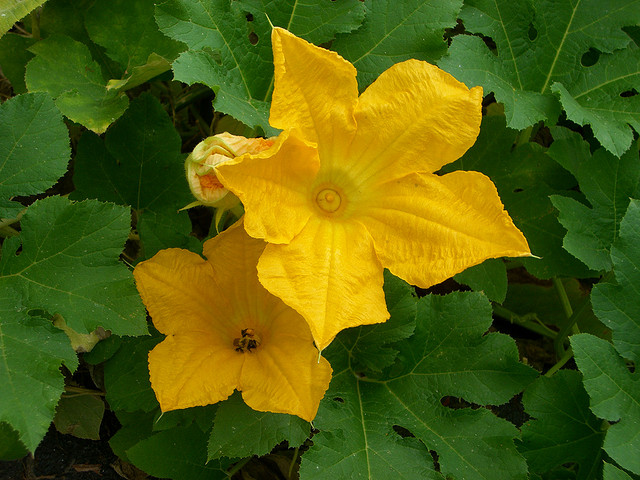
Fall Migrants
What can cruise at an altitude of 29,000 feet, is a beloved icon of the great outdoors, and yet can be the bane of lawn lovers? It’s the honking harbinger of advancing autumn and coming cold (and sometimes, bad alliteration), the Canada goose.
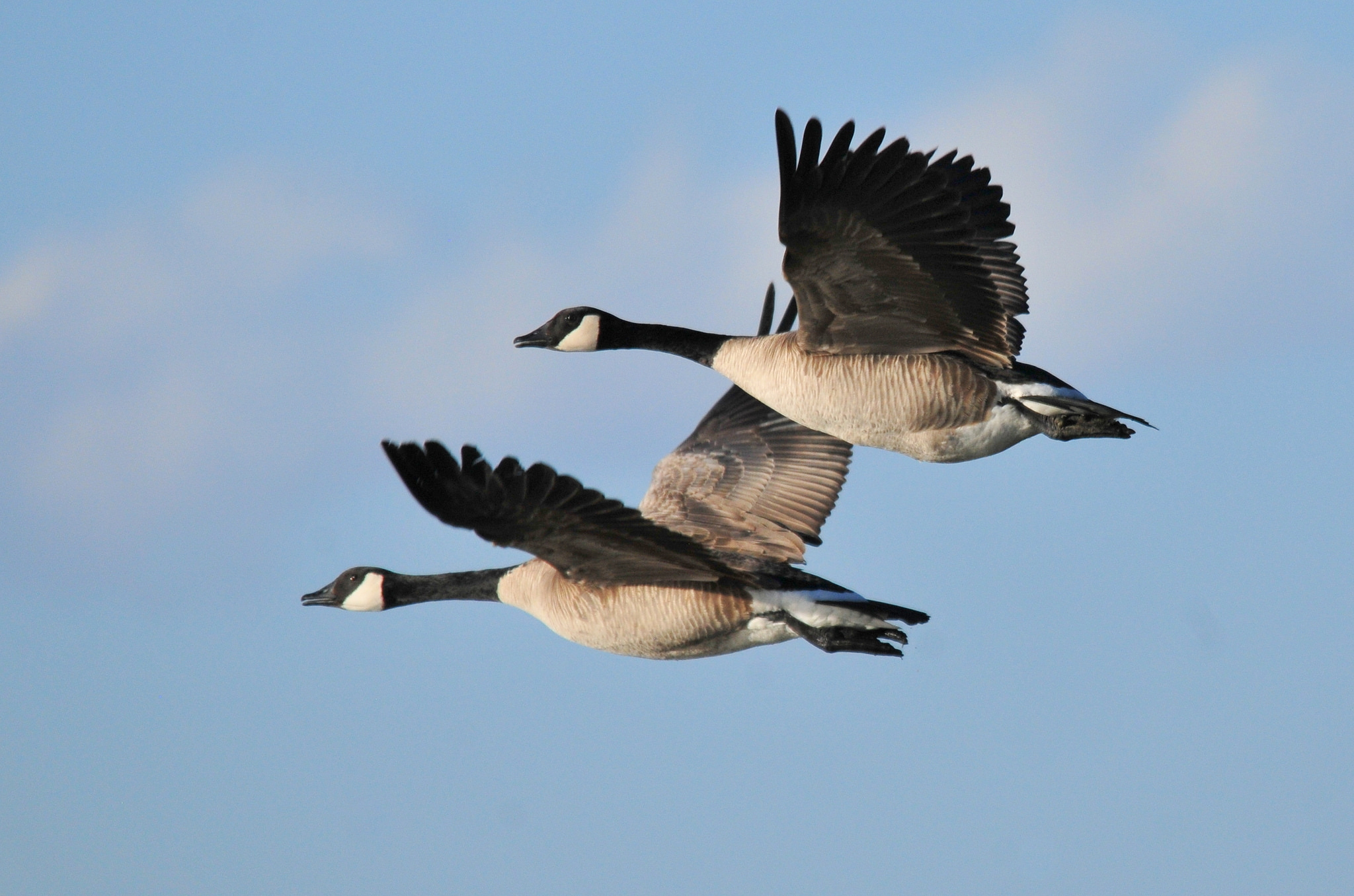
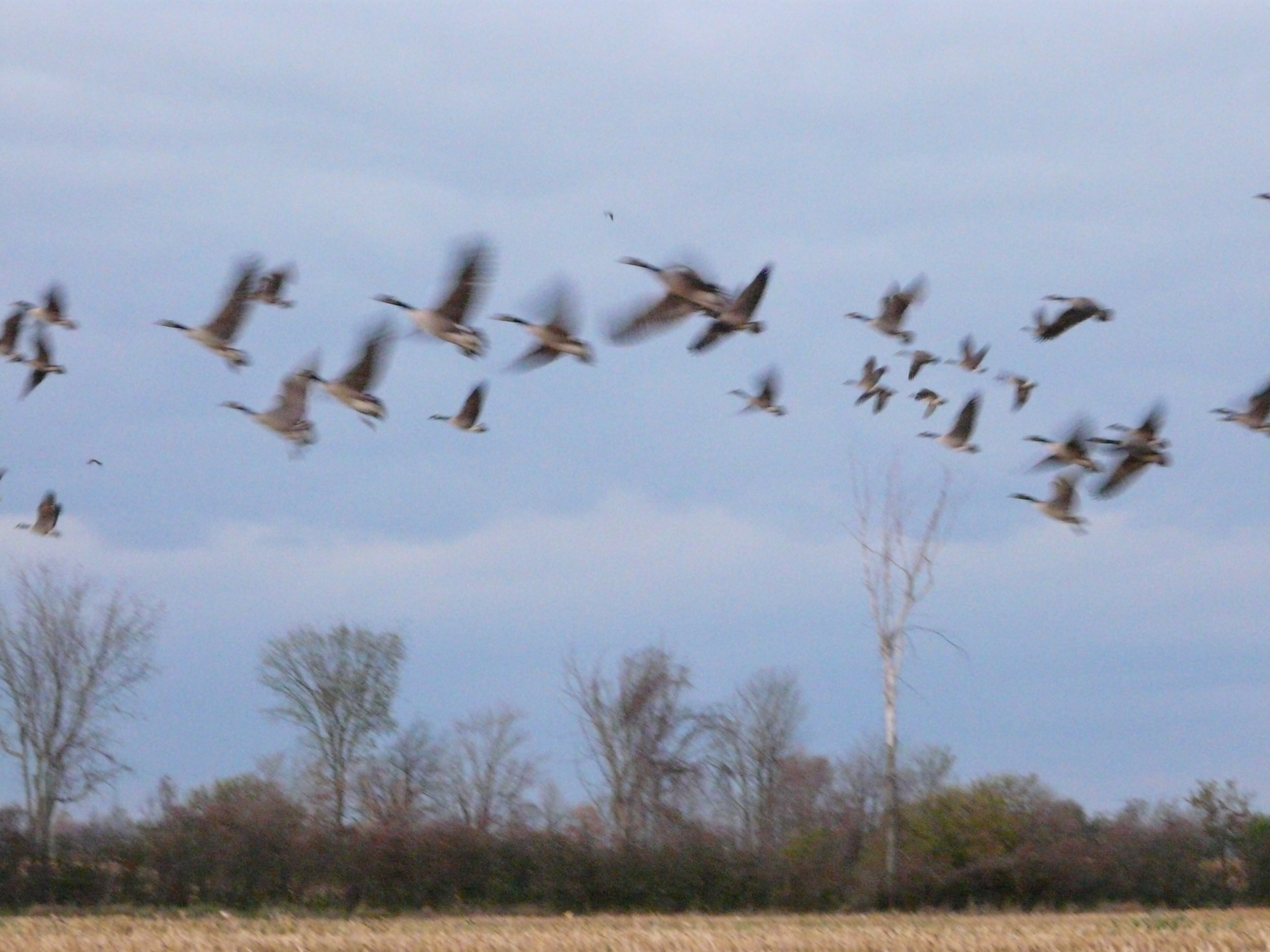
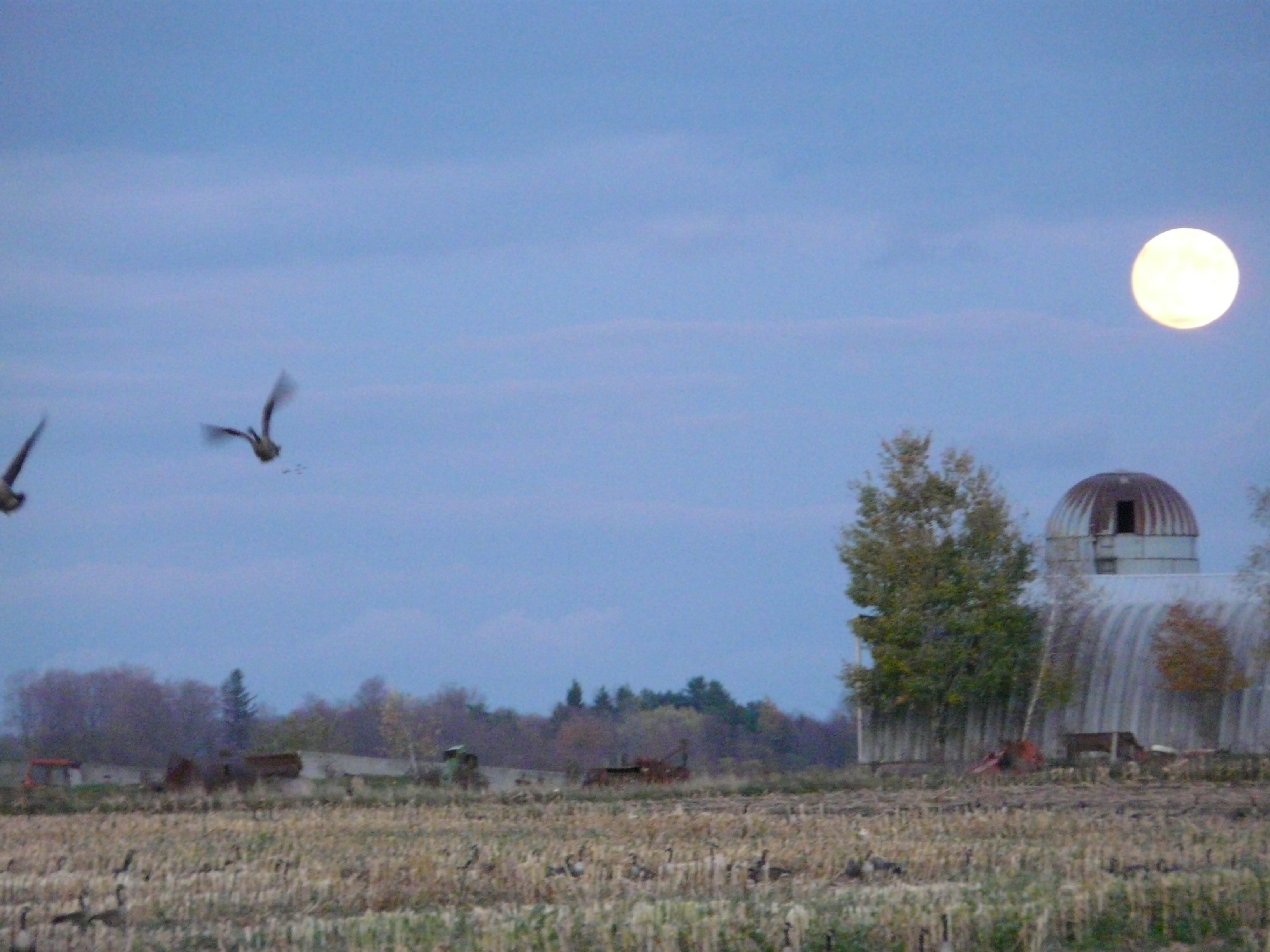
Maple Monitoring at Colton-Pierrepont
During the month of September, students from Colton-Pierrepont Central School participated in the Monitor My Maple Project through Nature Up North. Through this citizen science project, students at different grade levels are asked to monitor the phenology of the maple trees around campus over the course of several weeks.

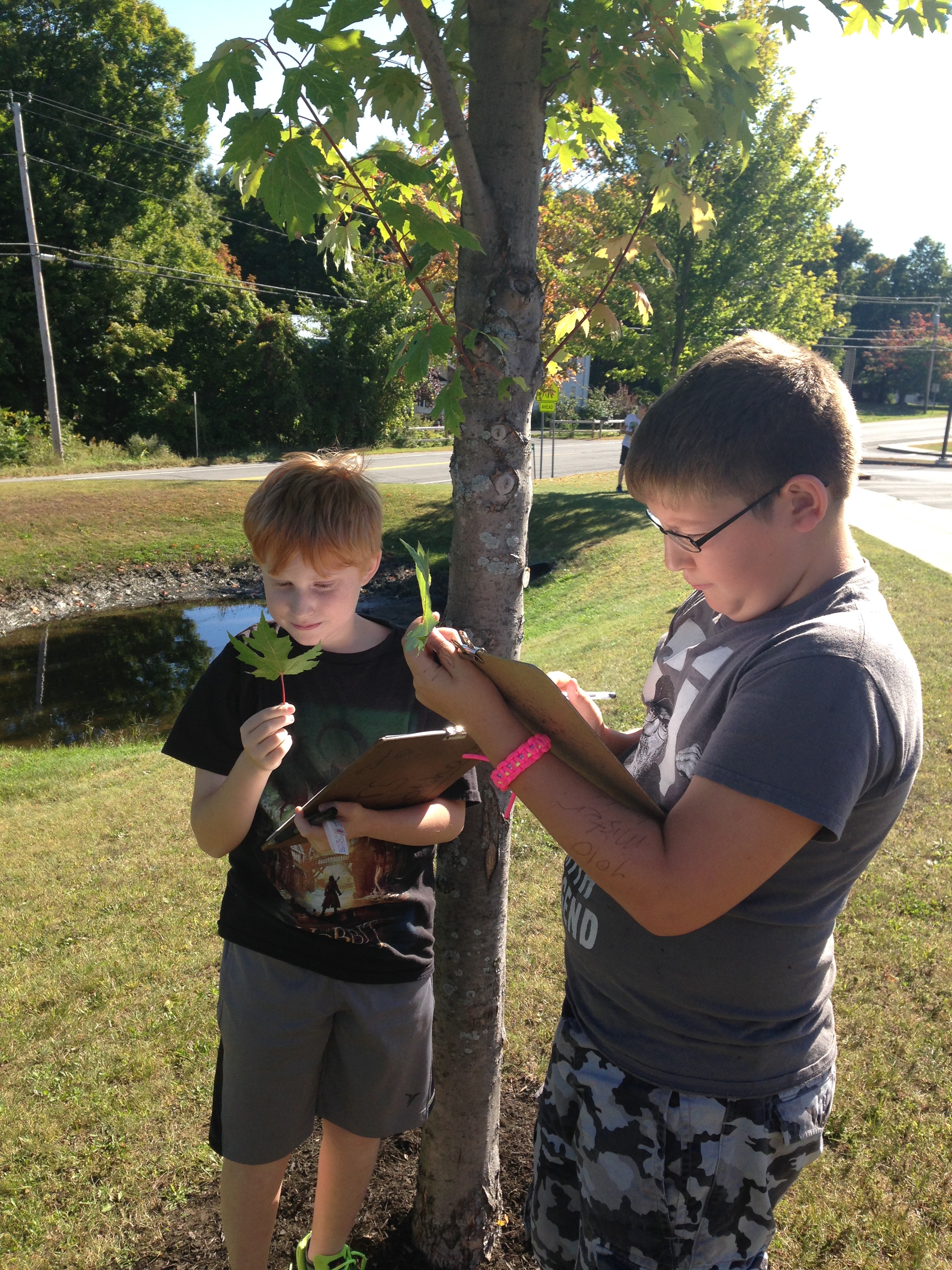
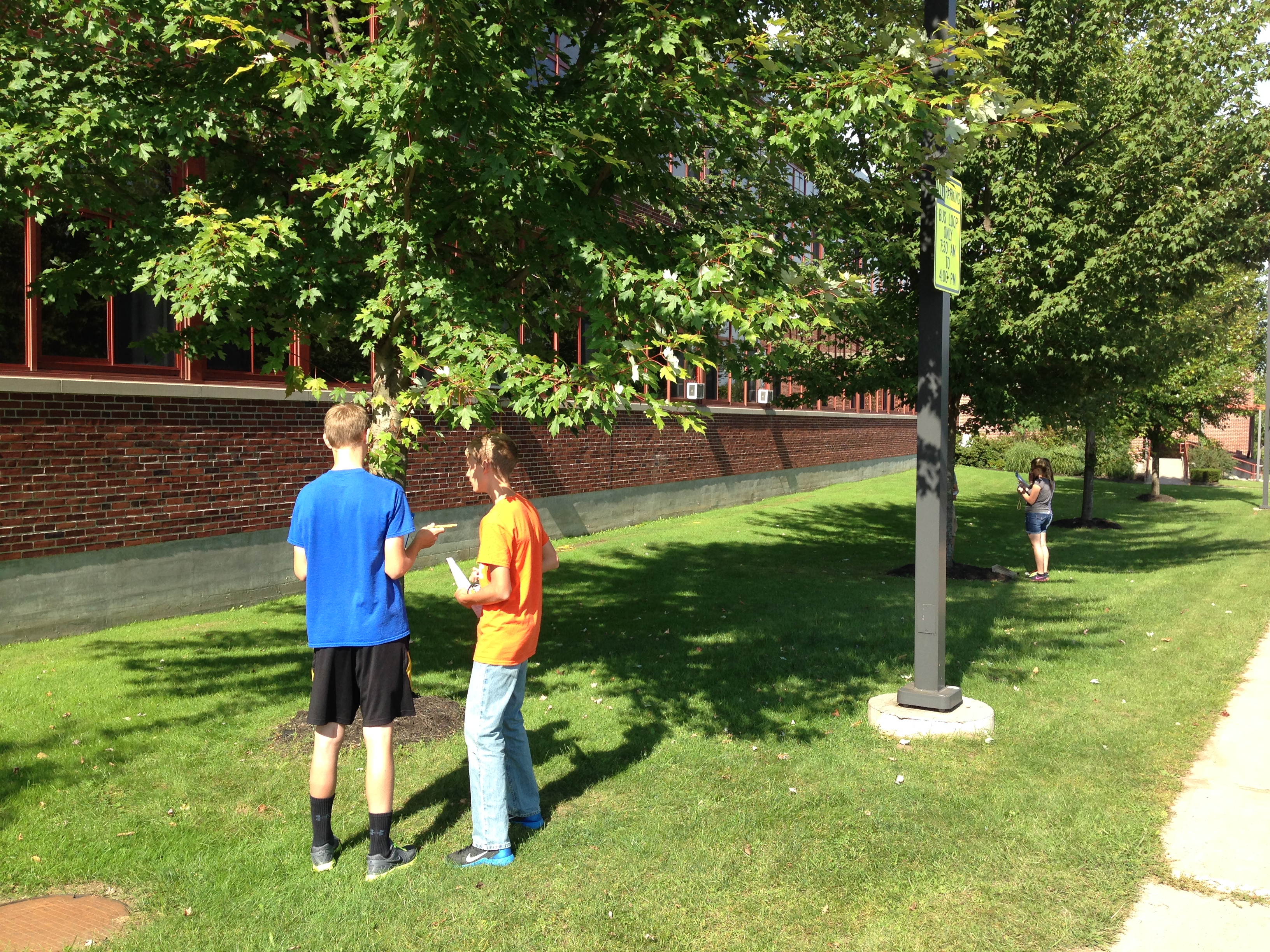
Holey Maple Leaves
Only a joker would argue that plant breeders have secretly crossed our beloved sugar maples with Swiss cheese, but given the way this year’s maple leaves are riddled with mysterious holes, it almost seems a plausible explanation. Beginning in August, near-perfect circles of leaf tissue have gone missing from sugar maples, and from other trees to a lesser extent, as if swarms of Hole-Punch Fairies had gone berserk.
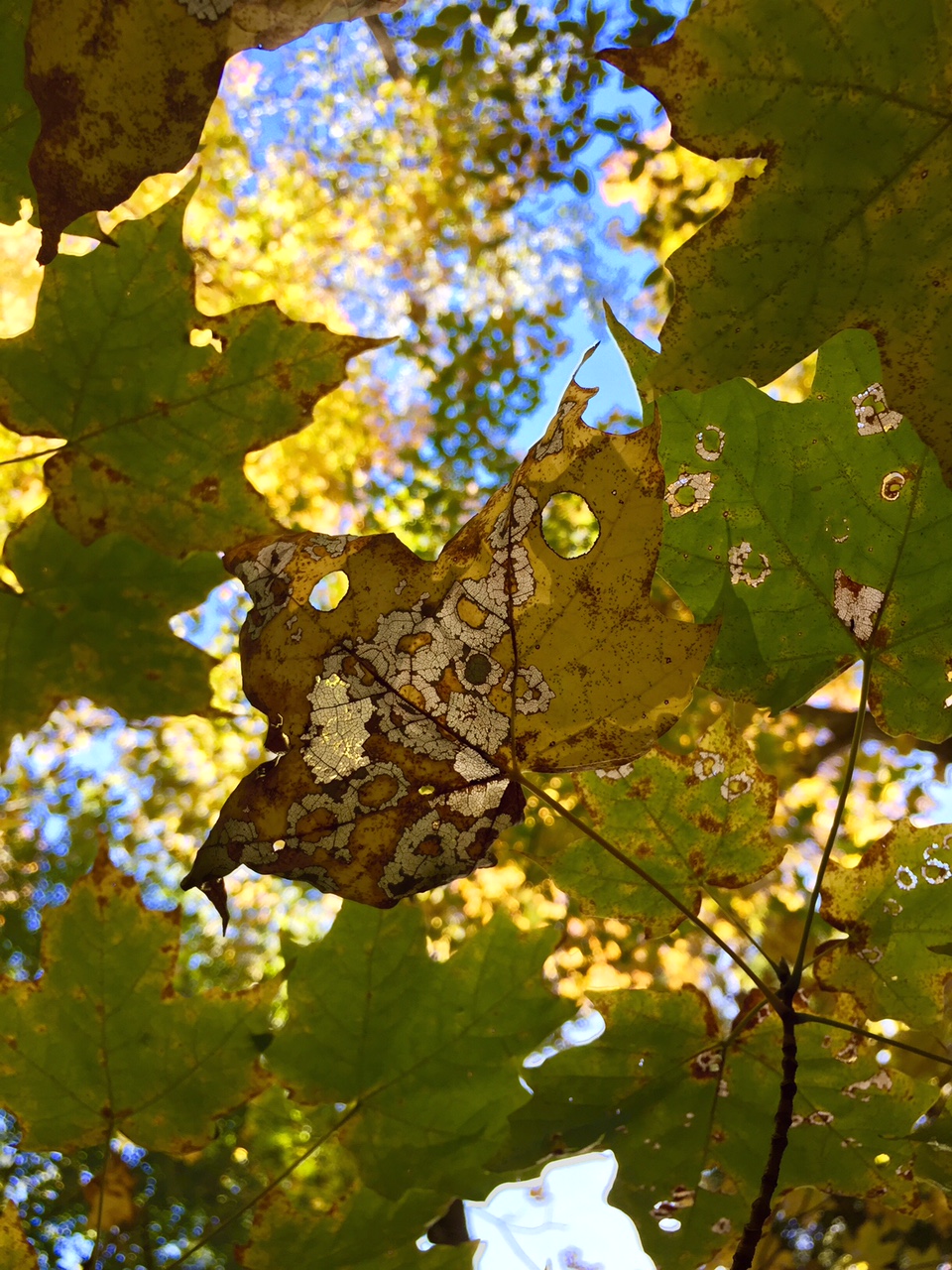
Early Fall Color Changes
Some of my most vivid childhood memories involve plopping into that pile of red, yellow and brown fallen leaves neatly gathered into a mound by my dad. I remember running off the school bus in the golden afternoon sun to roll around in the yard amidst the unforgettable sound of crunching leaves and smell of fall decay. As carefree kids, we thought little of the hard work the trees were doing to prep for winter, or that our fathers did to keep a neatly managed lawn.
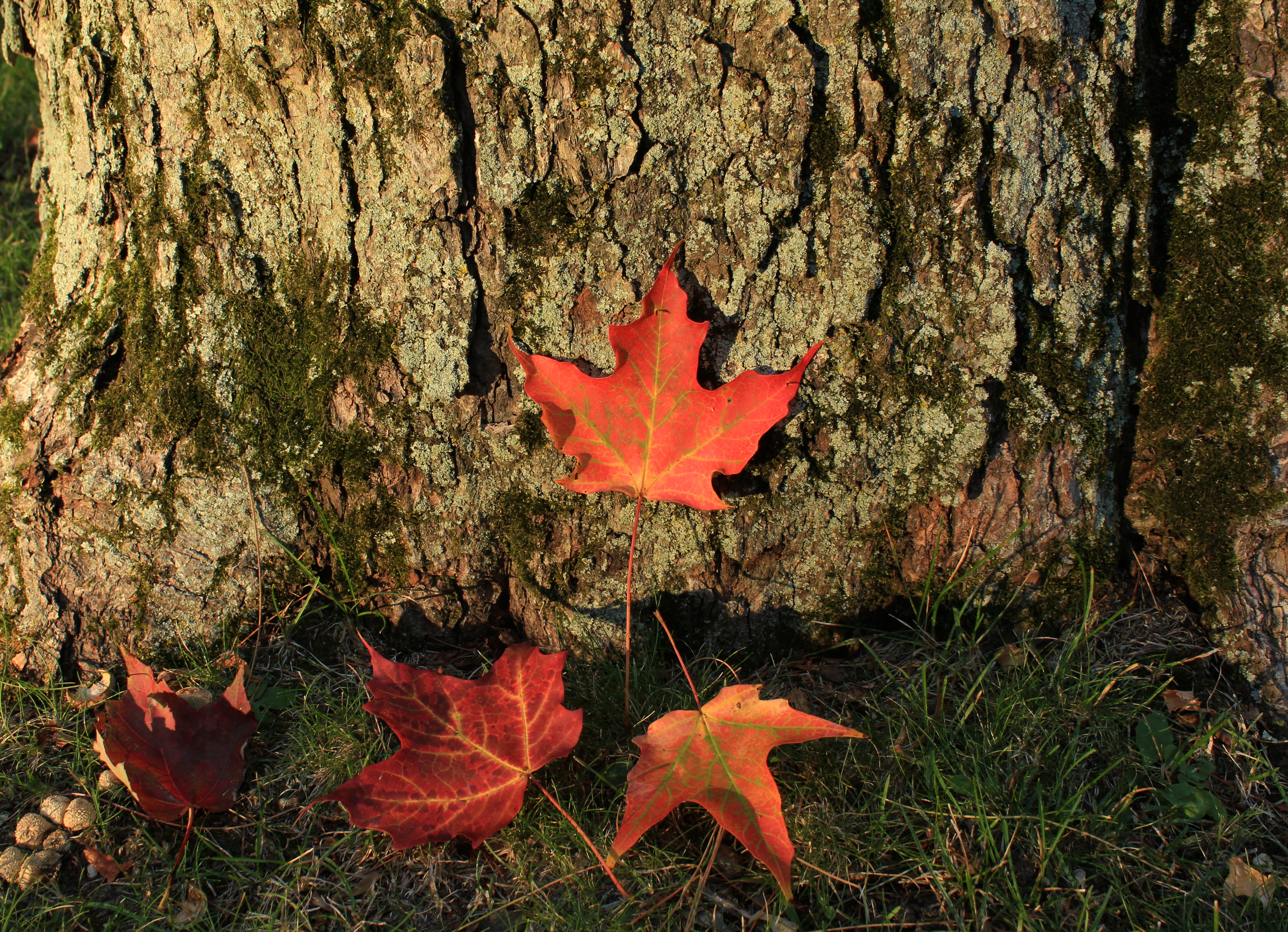
A Bounty of Bees in our North Country Gardens
The buzzing of bees is as much a sound of summer in the North Country as is the drone of cicadas or the nighttime call of frogs. It is, hopefully, a common sound we hear outside during the summer and fall months, but just what kinds of bees are in our gardens and why should we care?
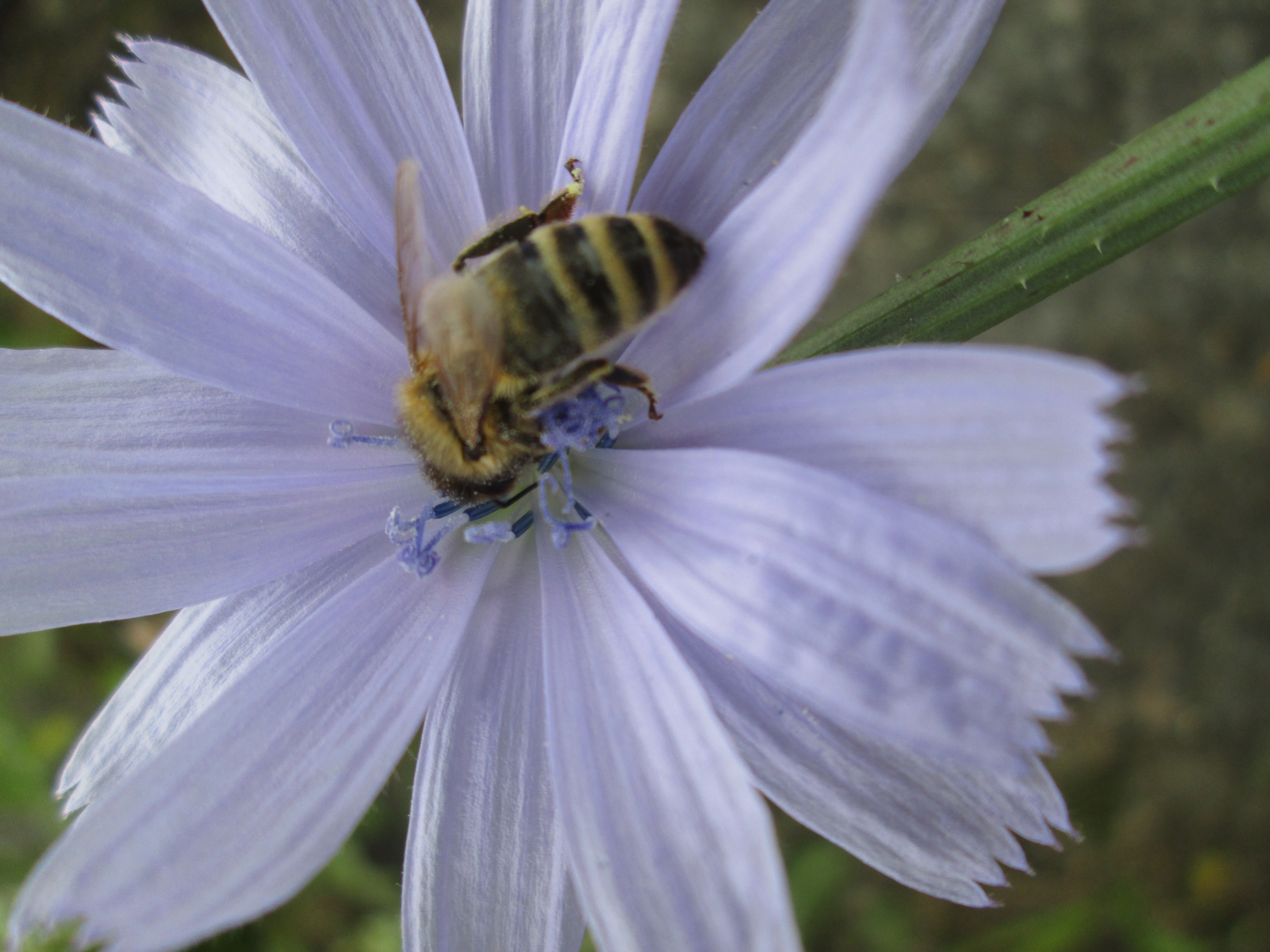
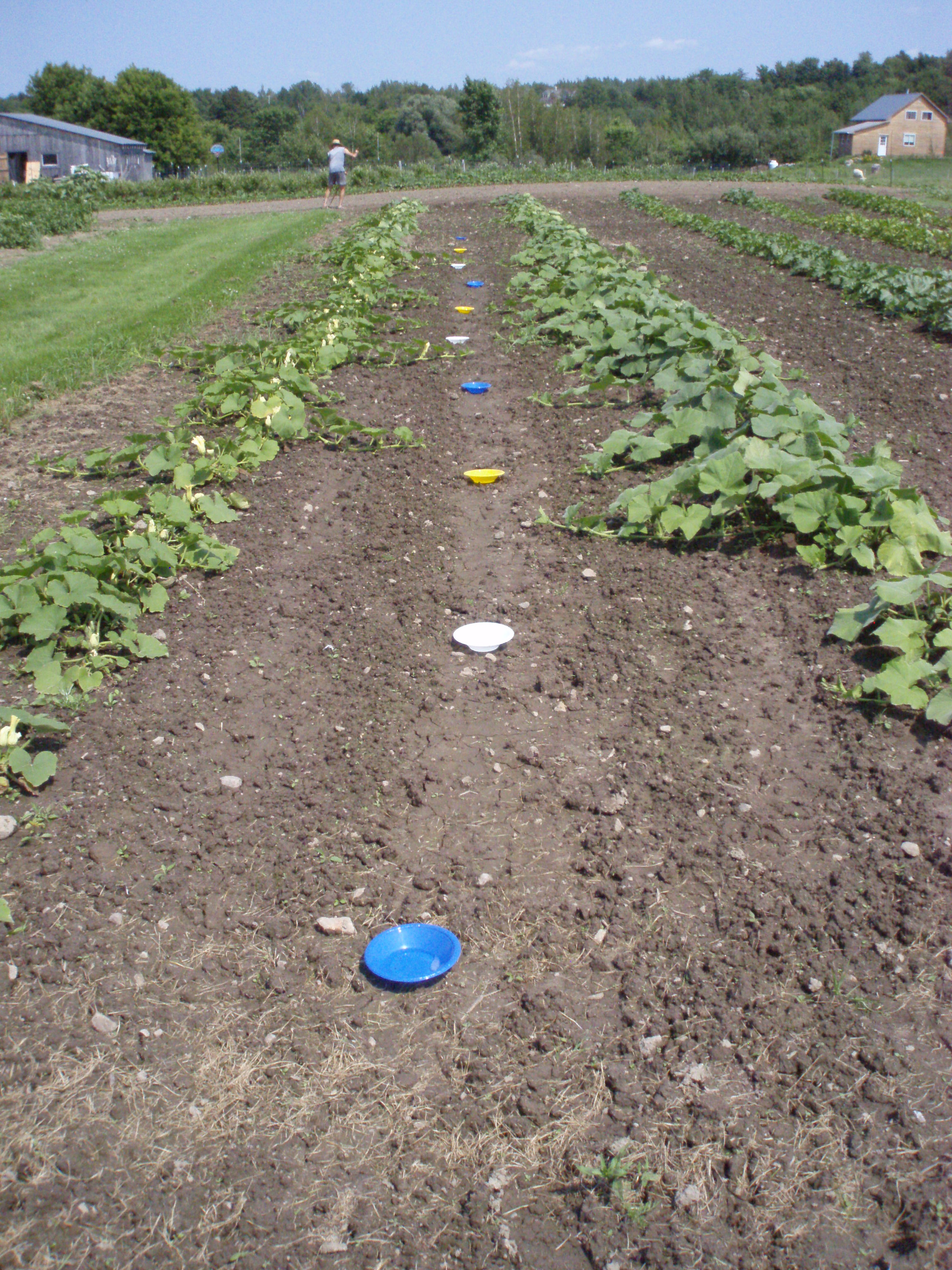

Carry Wood, Boil Water
How much are you willing to pay to boil water? I don’t mean to make coffee or cook pasta, but for the heck of it. Would you spend $200 to $600 annually just to let off some steam?
